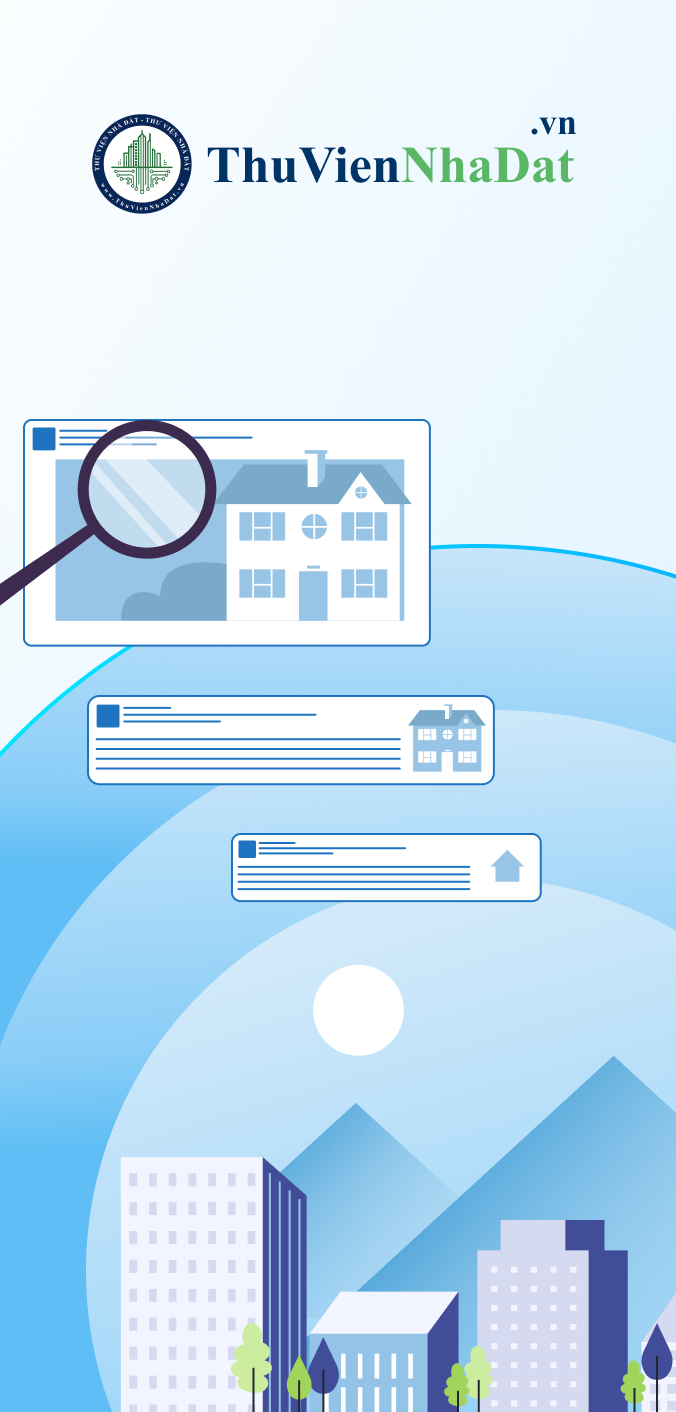Cám ơn bạn đã gửi báo lỗi nội dung, chúng tôi sẽ kiểm tra và chỉnh sửa trong thời gian sớm nhất
 Đăng nhập với THƯ VIỆN PHÁP LUẬT
Đăng nhập với THƯ VIỆN PHÁP LUẬT
Chúng tôi đã gửi mã xác minh gồm 6 chữ số tới số điện thoại qua tài khoản Zalo hoặc SMS



 Quản lý khuyến mãi
Quản lý khuyến mãi

